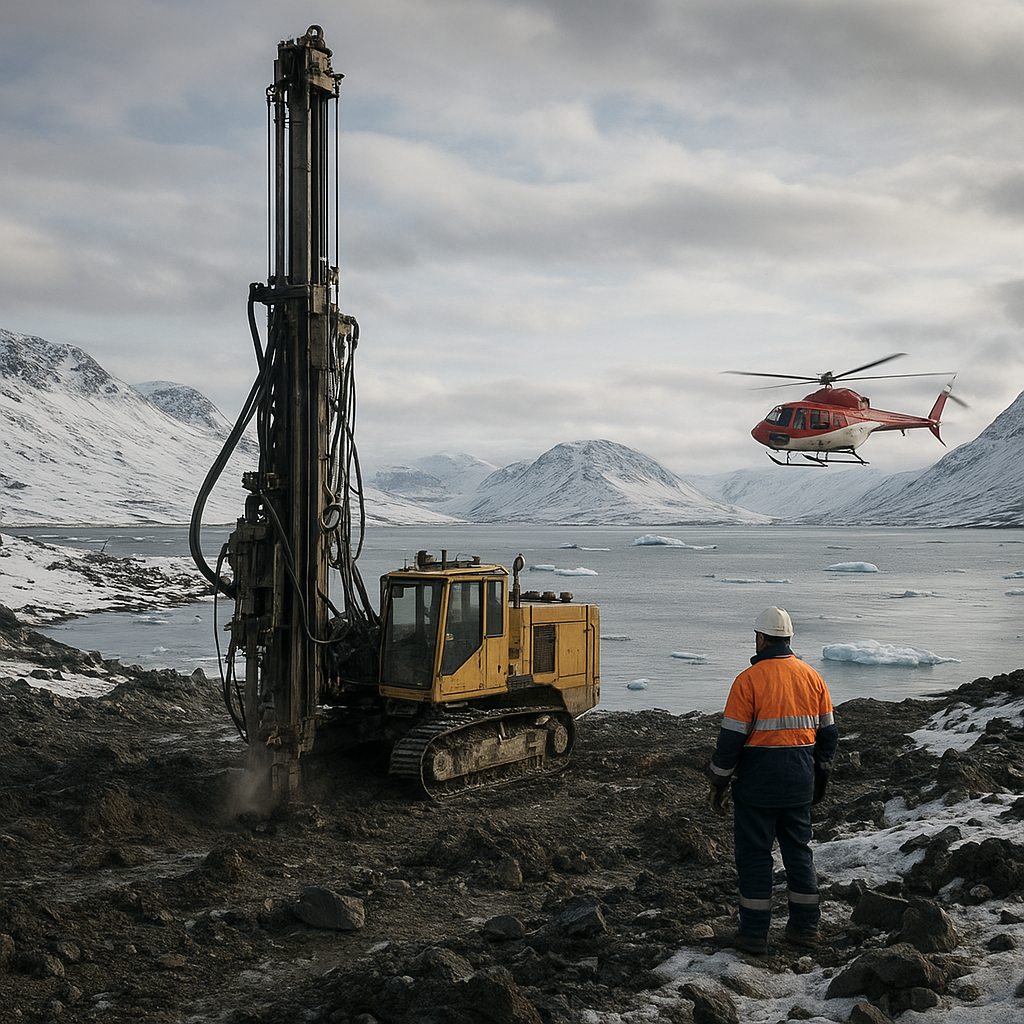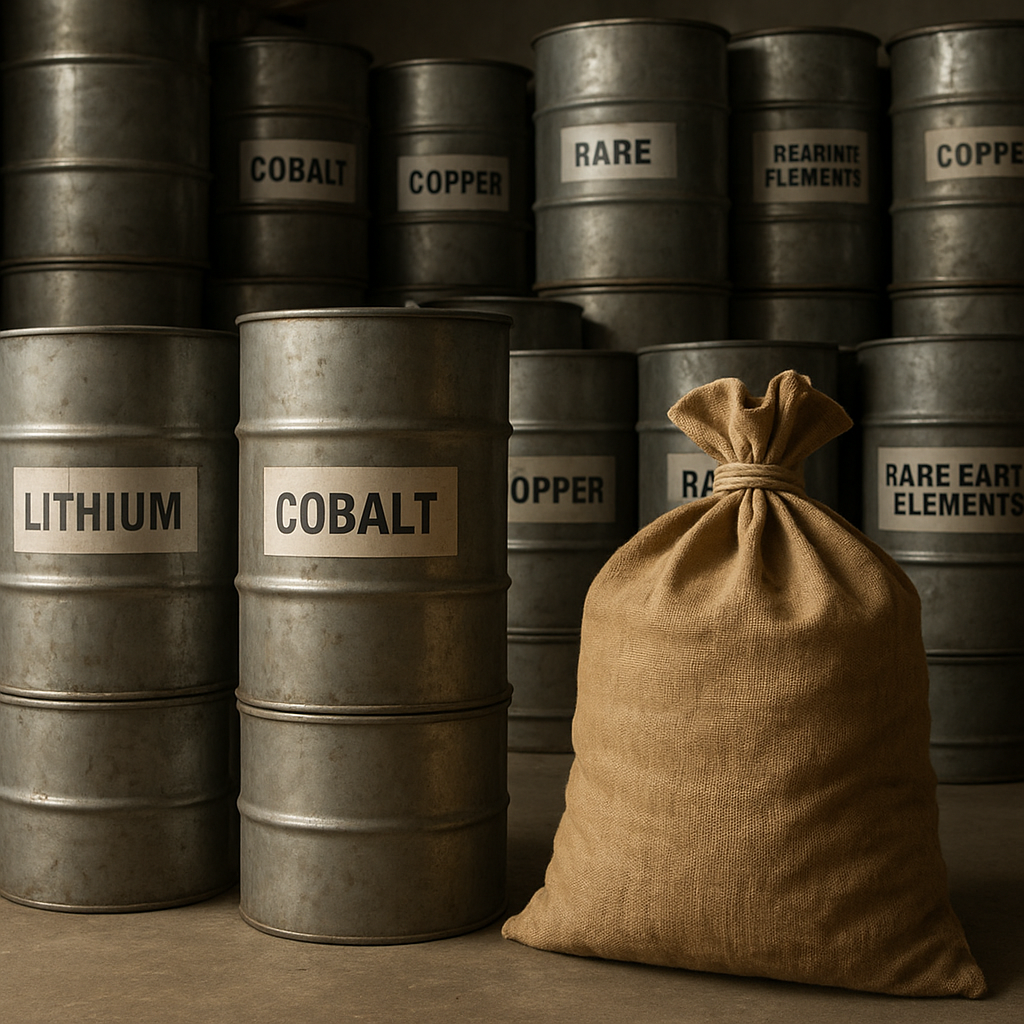The future of rare metal pricing is a topic of increasing importance as these materials play a crucial role in modern technology and industry. Understanding the factors that influence their prices and making projections about future trends is essential for stakeholders across various sectors. This article delves into the complexities of rare metal pricing, examining the key factors that drive changes and offering insights into future projections.
Factors Influencing Rare Metal Pricing
Rare metals, often referred to as critical or strategic metals, are essential components in a wide range of applications, from electronics and renewable energy technologies to aerospace and defense. The pricing of these metals is influenced by a multitude of factors, each contributing to the overall market dynamics.
One of the primary factors affecting rare metal prices is supply and demand. The availability of these metals is often limited due to their geological scarcity and the complexities involved in their extraction and processing. As demand for technologies that rely on rare metals continues to grow, particularly in emerging markets, the pressure on supply chains increases, leading to potential price volatility.
Geopolitical considerations also play a significant role in rare metal pricing. Many rare metals are concentrated in specific regions, and political instability or trade restrictions in these areas can disrupt supply chains and impact prices. For instance, China’s dominance in the production of rare earth elements has led to concerns about supply security and has influenced global pricing strategies.
Technological advancements and innovations can also affect the pricing of rare metals. As new methods for extraction and processing are developed, the cost of production may decrease, potentially leading to lower prices. Conversely, the development of new applications for rare metals can drive up demand and, consequently, prices.
Environmental regulations and sustainability considerations are increasingly influencing the rare metal market. As governments and industries strive to reduce their environmental impact, the demand for sustainably sourced and processed rare metals is rising. This shift can lead to changes in pricing as companies invest in greener technologies and practices.
Current Trends in Rare Metal Markets
The rare metal market is currently experiencing several notable trends that are shaping its future. One such trend is the growing demand for electric vehicles (EVs) and renewable energy technologies, which rely heavily on rare metals such as lithium, cobalt, and rare earth elements. This demand is expected to continue rising as countries worldwide push for cleaner energy solutions and aim to reduce carbon emissions.
Another trend is the increasing focus on recycling and circular economy practices. As the availability of primary sources of rare metals becomes more constrained, the importance of recycling and reusing these materials is gaining attention. Companies and governments are investing in technologies and infrastructure to support the recovery of rare metals from end-of-life products, which could help stabilize prices and reduce reliance on primary extraction.
Additionally, there is a growing emphasis on diversifying supply sources to mitigate geopolitical risks. Countries and companies are exploring alternative sources of rare metals, including deep-sea mining and the development of new mining projects in politically stable regions. This diversification aims to enhance supply security and reduce the impact of potential disruptions on pricing.
The role of technological innovation cannot be overlooked in the current market landscape. Advances in material science and engineering are leading to the development of substitutes for certain rare metals, which could alter demand patterns and influence pricing. For example, research into alternative battery chemistries that reduce or eliminate the need for cobalt is ongoing, which could impact the future demand and price of this metal.
Projections for the Future of Rare Metal Pricing
Looking ahead, the future of rare metal pricing is likely to be shaped by a combination of the factors and trends discussed above. As the global economy continues to evolve, the demand for rare metals is expected to grow, driven by technological advancements and the transition to a low-carbon economy.
One projection is that prices for certain rare metals, particularly those critical to the EV and renewable energy sectors, will experience upward pressure due to increasing demand and potential supply constraints. However, the extent of this price increase will depend on the success of efforts to diversify supply sources and enhance recycling capabilities.
Geopolitical dynamics will remain a key consideration in future pricing projections. As countries seek to secure their supply chains and reduce dependence on dominant producers, the development of new mining projects and international collaborations will be crucial. These efforts could help stabilize prices and ensure a more resilient supply chain for rare metals.
Technological innovation will continue to play a pivotal role in shaping the future of rare metal pricing. Breakthroughs in extraction, processing, and recycling technologies could lead to more efficient and cost-effective production methods, potentially reducing prices. Additionally, the development of substitutes for certain rare metals could alter demand dynamics and impact pricing.
In conclusion, the future of rare metal pricing is complex and multifaceted, influenced by a range of factors including supply and demand dynamics, geopolitical considerations, technological advancements, and sustainability efforts. Stakeholders in the rare metal market must remain vigilant and adaptable to navigate the challenges and opportunities that lie ahead. By understanding these factors and trends, they can make informed decisions and strategically position themselves for success in the evolving landscape of rare metal pricing.












